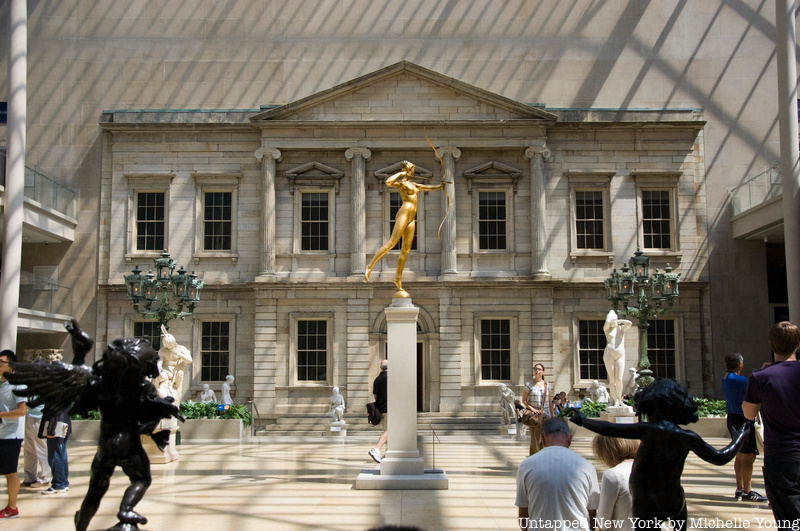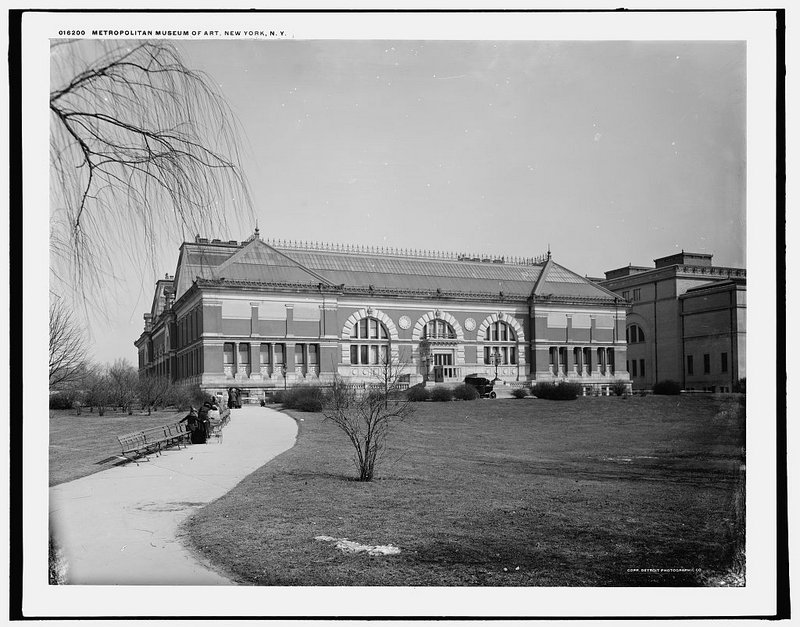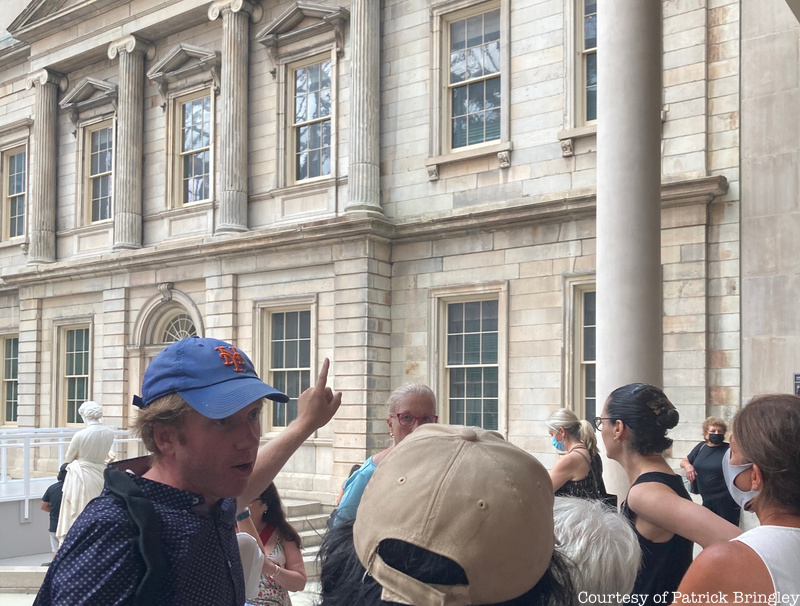
The Metropolitan Museum of Art is home to an unparalleled art collection, for which guides abound, but this list of secrets will explore how the Museum as a building is like none other in the city. It’s about its architecture, its rich history, and the hidden gems to look out for on your first, second, and umpteenth visit to the museum. Rather than one building, the Met is more like a jumbled collection of wings and various building campaigns. Over almost a century and a half, several prominent architecture firms played major roles in the museum’s growth, while many others also had a hand in the countless modifications, renovations, and additions that make the Met what it is today.
If you want to uncover more Metropolitan Museum secrets – about the building and its priceless artifacts – you can join former museum guard Patrick Bringley for Untapped New York’s newest tour, Secrets of the Met Museum! On this tour, you’ll have access to Bringley’s first-hand knowledge of the museum’s inner workings and the stories he uncovered over the decade he spent wandering the museum’s two million square foot campus. Grab your tickets now before the tours sell out!
1. The Met Wasn’t Always in Central Park

The first Metropolitan Museum of Art was located in a brownstone at 681 Fifth Avenue. Next, it was moved to a mansion at 128 W 14th Street. Both were temporary locations until a permanent facility could be built. A Central Park location for the museum was first hinted at in 1869 by publisher George P. Putnam, but the designers of Central Park – Frederick Law Olmsted and Calvert Vaux – were opposed to the construction of public buildings within their carefully crafted naturalistic landscape.
Eventually, they conceded one spot in the park under the condition that any large buildings placed there would be “seen from no other point of the Park – while the whole of the territory thus enclosed was too small for the formation of spacious pastoral grounds.” [Morrison H. Heckscher, “The Metropolitan Museum of Art: An Architectural History”]. This spot was the current location of the museum along Fifth Avenue. You can see original plans for the museum on the Met’s website.
When construction began on the museum’s new location at Fifth Avenue and 82nd Street, the area was significantly north of what was considered “desirable” during that era. In fact, it was predominantly farmland, far from the mansions of the old money set and new robber barons. The grid plan was already laid out, but the streets weren’t yet paved that far north.






